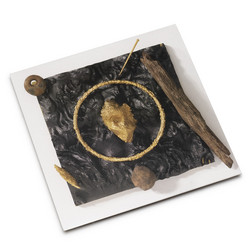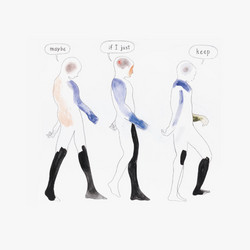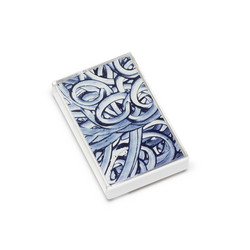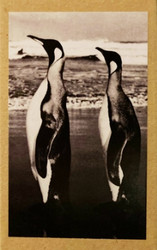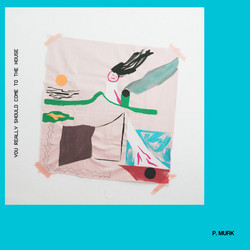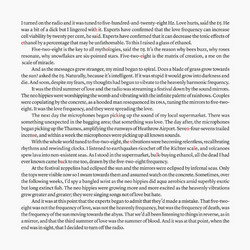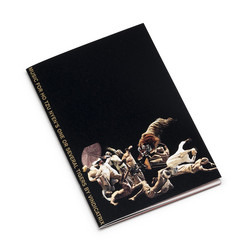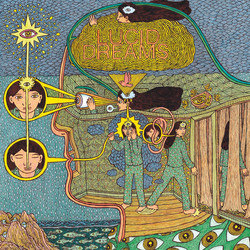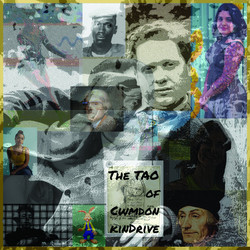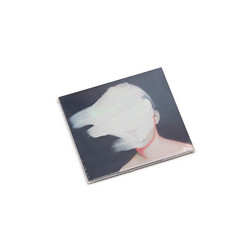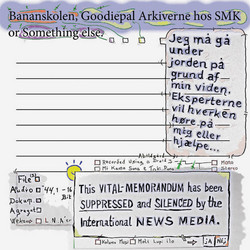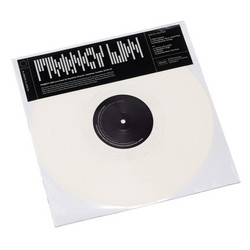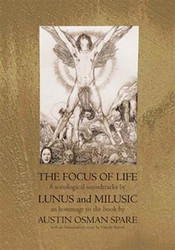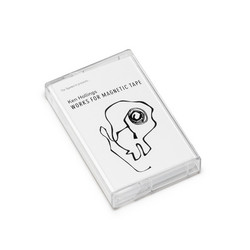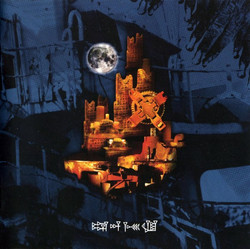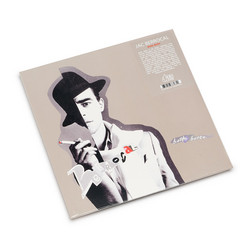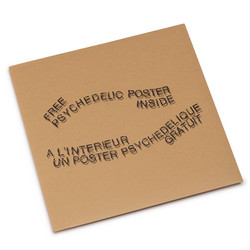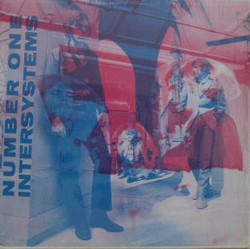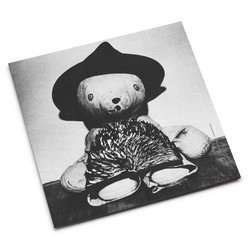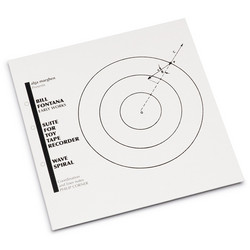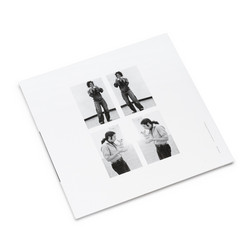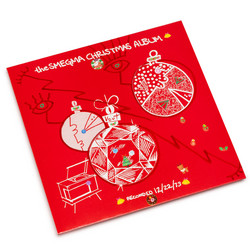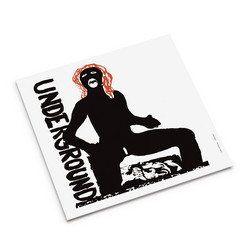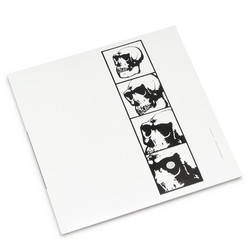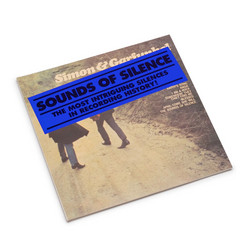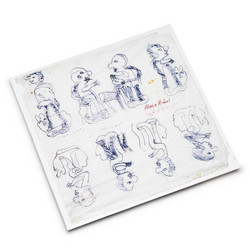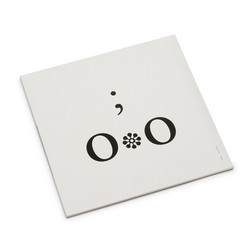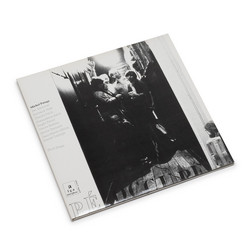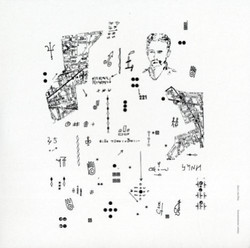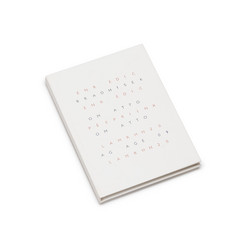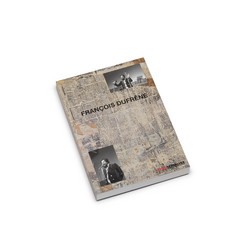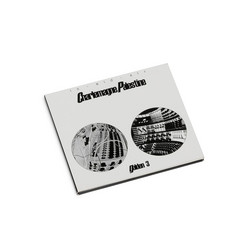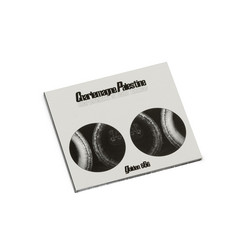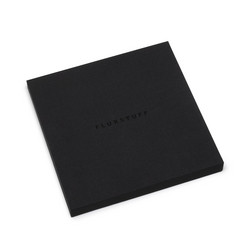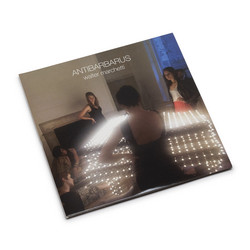Alga Marghen presents a reissue of Intersystems' Number One Intersystems (1967). Intersystems' works evoke the heightened awareness, intermittent psychosis, intellectual over-stimulation and giddy nihilism of an acid expedition. "Orange Juice and Velvet Underwear" may indeed be the most typically "Psychedelic" cut of Intersystems entire catalog. Its saturated crypto-Indian drone and bent acoustic guitar notes, are upstaged by Parker's lurid-sounding declamations and Mills-Cockell's fierce industrial clatter. From there, it all spirals further into a vortex of frayed cacophony and sober-yet-surreal orations. The sixteen-minute "Blackout Mix" is a perfect demonstration of just how tenuous their relationship was to even the furthest-out reaches of psychedelia in spite of their own pronounced use of related terminology. All curdled puddles of synth noise and caustic electronic howls, Parker's fragmentary deadpan bark both penetrates, and is enveloped by, the sticky sonic tapestry. He unfurls a series of disparate images, more-than-flirting with the mundane horror enumerated later (and more explicitly) by the likes of Throbbing Gristle. "Vox 3/13/67" is Number One Intersystems' second longest and arguably most varied piece. John's contributions span dimly elegiac textures, evoking distant chimes and striated choral voices. Parker delivers his writing as staunchly as ever, yet hacks certain words into syllabic mincemeat that spills violently and incoherently into the middles of sentences. It's by no means less anxious than other pieces on the album, but its tension is achieved through an eerily pronounced sense of breath and movement rather more aggressive means. Where elsewhere Number One Intersystems seems to forecast post-punk excursions into avant-noise antagonism, here there's more indication of Mills-Cockell's training and more canonical influences in its careful phrase-shaping. Featured throughout the album was a homespun instrument devised by John, dubbed "The Coffin", which was also employed live in their "presentations". Mills-Cockell recalls: "It was a 6 foot long box line with purple satin, housing a long plank strung with many parallel lengths of piano wire held in place with tuning pegs which were adjustable with a wrench we kept on board for the purpose. There were contact mikes which were switchable, just like on a Telecaster except that the switches could permit not only selection of different harmonic spectra when the instrument sounded, but of a variety of loudspeakers in various locations in a performance space." Re-mastered by John Mills-Cockell. Mastered for cutting by Giuseppe Ielasi. Edition of 300. Presented in the original Allied Records sleeve.


